7 Gigantic Engines That Definitely Won't Fit In Your Honda
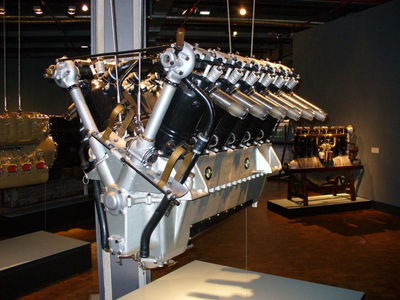
1. BMW VI - 47-litre

This 47-litre petrol V12 built in the 1920s was used almost exclusively as an aviation engine, with a couple of exceptions. It powered the bizarre prop-driven Schienenzeppelin experimental train, and more recently, a car: the Brutus.
Built by a member of staff from the Auto-und Technikmuseum Sinsheim - where the car (if you can call it that) resides most of the time - Brutus is good for 750bhp. Sounds like a lot, but it needs a lot of power: the engine on its own weighs over 500kg, while the whole vehicle - built on the chassis of an old fire engine - tips the scales at around 2.5 tonnes.
2. Pratt & Whitney R-4360 Wasp Major - 71-litre
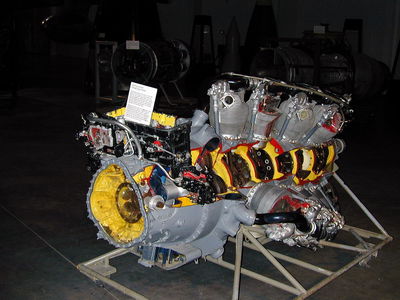
Aside from having a ruddy brilliant name, the Wasp Major is a bit of a beast - in terms of power and size. This 71-litre aircraft engine has 28 cylinders in a radial configuration, and has a power output of 3500bhp.
The famous ‘Spruce Goose’ Hughes H-4 Hercules used eight of the things, each kicking out 3000bhp.
3. Caterpiller C175-20 - 106-litre
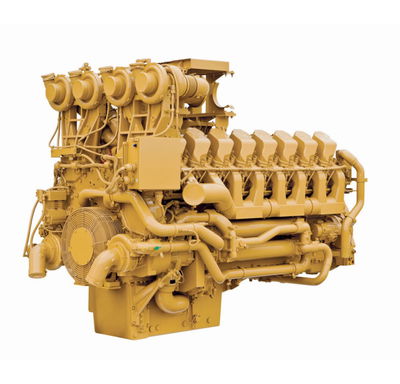
Caterpiller’s 797 series of gargantuan haul trucks are powered by some rather impressive internal combustion engines. The largest, the 797F, packs a 106-litre V20 turbo diesel engine, which is good for 4000bhp. Want to do an oil change? You’ll need 675 litres of the stuff to fill the C175-20.
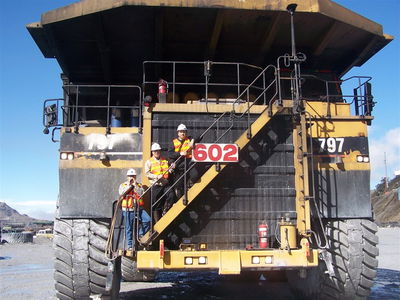
Unusually for a truck of this size, the engine actually powers the wheels via a torque converter, where the norm would be for the engine to act as a generator, powering electric traction motors.
4. Lycoming XR-7755 - 127-litre
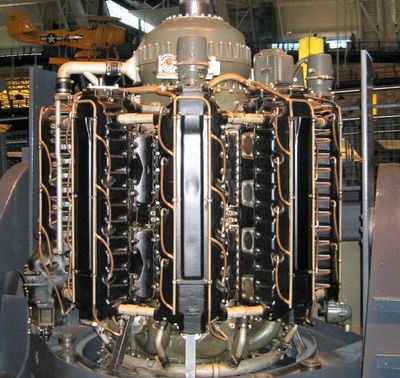
The Wasp Major engines went on to power the Convair B-36, but the bomber might have ended up with a set of these Lycoming engines, if the project hadn’t been cancelled in 1946. Another radial engine, the XR-775 displaces 127 litres and has 36 cylinders.
Each engine weighs 2.7 tonnes, and is capable of producing up to 5000bhp. To this day, it holds the title of the largest piston aircraft engine ever made.
5. EMD 645 - 169-litre
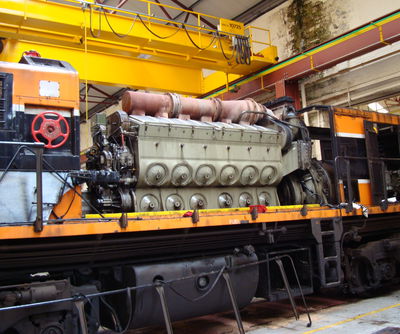
Seen above in a Northern Irish locomotive, the application of this engine that interests us the most is its service in the now retired Terex 33-19 “Titan” haul truck (below). Given that it has a net vehicle weight of 231 tonnes and is able to take payloads of up to 317 tonnes, it needs a fair bit of poke to get it moving.
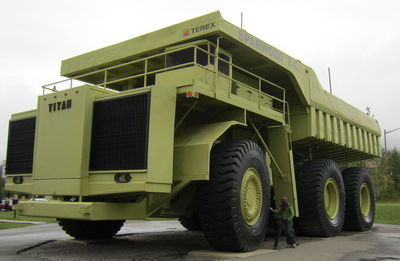
As such, the EMD 645 engine has 16 cylinders, displaces 169.15 litres, and kicks out around 3000bhp at 900rpm. This engine powers a quintet of electric traction motors at the rear four wheels, giving a top speed of just under 30mph.
Installed in H. C. Ørsted Power Station in Denmark, this monstrous eight-cylinder two-stroke diesel engine held the title of world’s largest diesel engine from 1932 to 1962.
Its sheer scale boggles the mind: it’s nearly 25 metres long, 12.5 metres high and weighs 1400 tonnes. The 730mm thick crankshaft weighs 140 tonnes on its own, and the whole thing will take 40 tonnes of lubricating oil. While no displacement figure is available, a power figure is: it churns out 22,500bhp.
It’s seen use as a back-up power source, although since retirement, it’s been open for members of the public to visit.
7. Wärtsilä-Sulzer RTA96-C - 25,000-litre
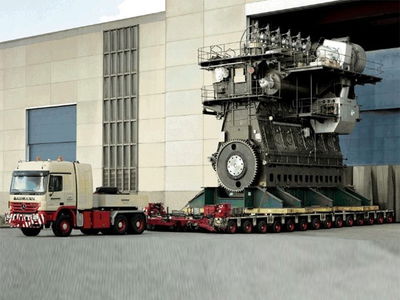
The B&W unit is an impressive thing, but it pales in comparison to this two-stroke diesel beast from Finnish company Wärtsilä. This marine engine is designed to power some of the world’s largest container ships, and in its biggest, 14 cylinder guise, it displaces 25,480 litres.
It’s the largest reciprocating engine in the world, and is capable of producing 108,920bhp. It runs at engines speeds from 22-102rpm, and has a crankshaft weighing 300 tonnes.
Any other giant engines that impress you? Post them in the comments!
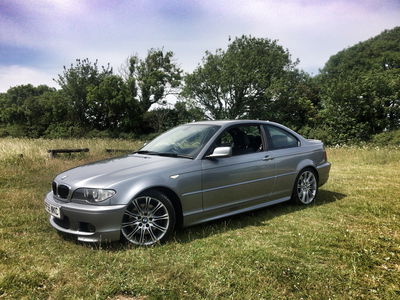














Comments
No comments found.